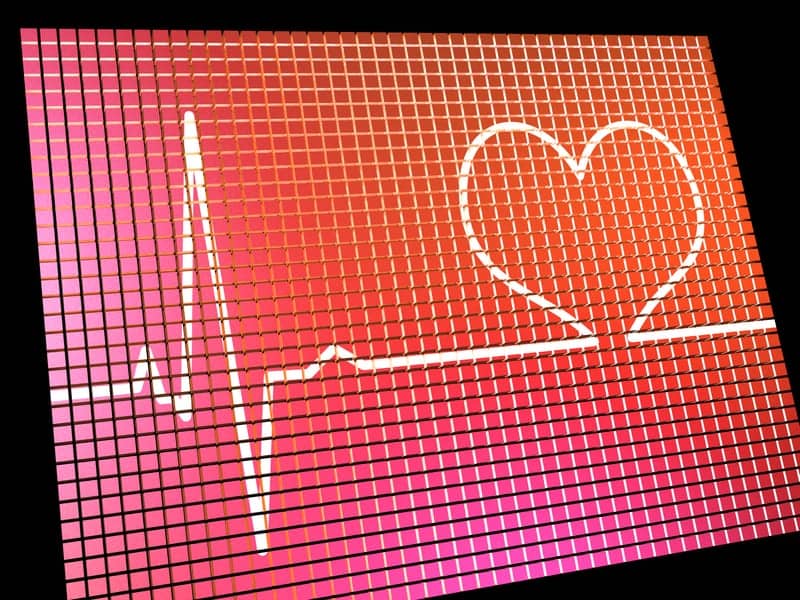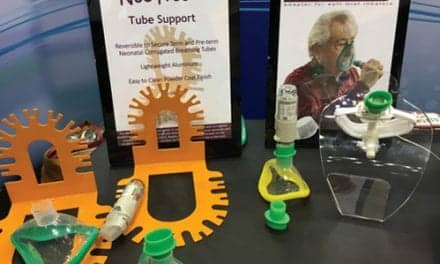New data reveals that residents of high-rise buildings had better survival rates from cardiac arrests if they lived on the first few floors.
Residents of high-rise buildings had better survival rates from cardiac arrests if they lived on the first few floors, and survival was negligible for people living above the 16th floor, according to a study published in the Canadian Medical Association Journal.
“As the number of high-rise buildings continues to increase and as population density rises in major urban centres, it is important to determine the effect of delays to patient care in high-rise buildings on survival after cardiac arrest,” writes Ian Drennan, a paramedic with York Region Paramedic Services and a researcher with Rescu, Li Ka Shing Knowledge Institute, St. Michael’s Hospital, Toronto, with coauthors.
The further a patient with cardiac arrest is from the ground floor, the lower the survival rate. Of 8216 people who had cardiac arrests in private residences and were treated by 911-initiated first responders, 3.8% survived to be discharged from hospital. Of the 5998 (73%) people living below the 3rd floor who had cardiac arrests, 252 (4.2%) survived the arrest, but only 48 (2.6%) of the 1844 people living above the 3rd floor survived. When analysed floor by floor, the researchers found a survival rate of only 0.9% in those living above the 16th floor (2 of 216) and no survivors (0 of 30) in those living above the 25th floor.
The researchers note that the use of automated external defibrillators (AED) was very low.










